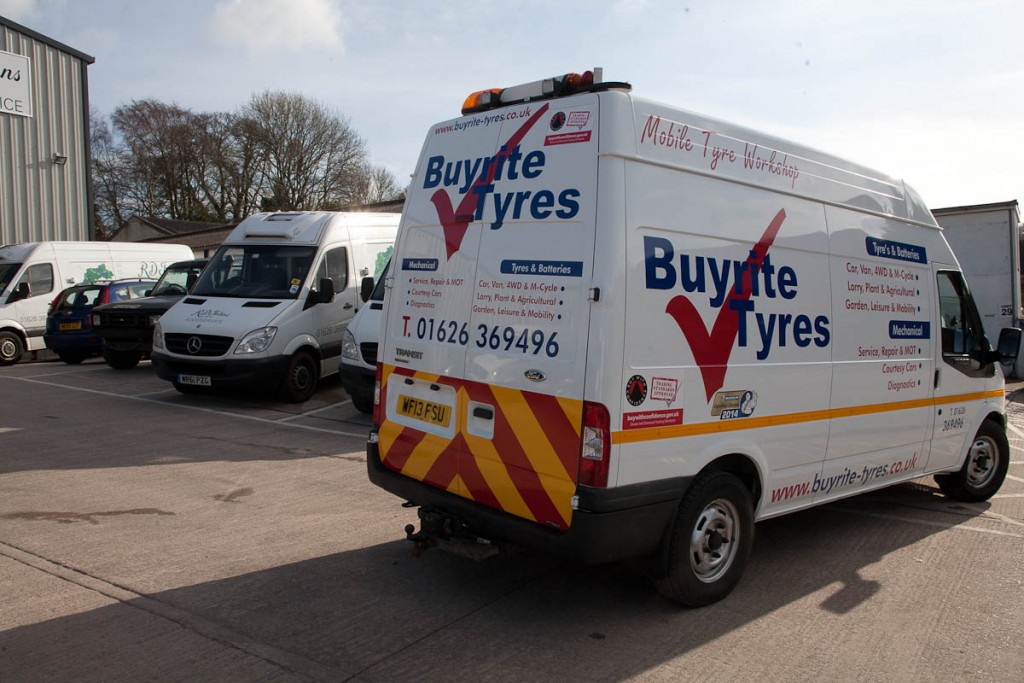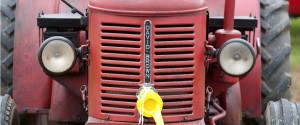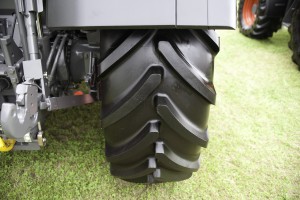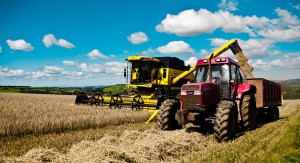Agricultural
The demands put upon agricultural tyres require quality seasonal services. To keep your farm running smoothly we react in good time with quality products and repair materials.
We have the expertise to supply, service and repair 99% of agricultural tyre needs from our depot, at the farm or, with a bit of help from the faithful yard tractor and some good rope, in the middle of a half ploughed field. We use a multitude of agricultural tyre suppliers and can offer technical advice on specifications and capabilities. If you are, like so many farm folk, multi skilled, we are happy to provide a wholesale, supply only service for tyres, tools and consumable along with some advice to compliment.
We supply tyres for tractors, combines, implement and trailers.
FAQs
Some answers to frequently asked questions regarding agricultural tyres are below…
Contact
Please call our Agricultural division for a quote on
07718 540418
24 hrs
 Slippage will slow down the work rate and cause higher fuel consumption. In today’s ever-changing times, machinery becomes increasingly sophisticated and powerful. In order to reap the benefits in these improvements, the operator needs to utilise the advances in modern tyre technology. The modern tyre, be-it cross-ply or radial, is constructed with the following components: Tread This part of the tyre comes into contact with the ground and is made from a rubber strip that binds the casing and belt. The majority of the tread thickness is taken up by the tread pattern whose features depend on the use for which the tyre has been designed.
Slippage will slow down the work rate and cause higher fuel consumption. In today’s ever-changing times, machinery becomes increasingly sophisticated and powerful. In order to reap the benefits in these improvements, the operator needs to utilise the advances in modern tyre technology. The modern tyre, be-it cross-ply or radial, is constructed with the following components: Tread This part of the tyre comes into contact with the ground and is made from a rubber strip that binds the casing and belt. The majority of the tread thickness is taken up by the tread pattern whose features depend on the use for which the tyre has been designed.
Traction, Self Cleaning, Even Wear, Directional Stability, Fatigue & Shock Resistant, Running Comfort.
Casing consisting of rubberised plies, the casing’s main function is to withstand internal/external stresses. However,

above all it must adapt to the varying ground conditions to give maximum grip in the tread area. In crossply tyres, the plies run in an overlapping criss-cross pattern; on radial tyres they run radially. Sidewall Made entirely from rubber, this area between shoulder and bead, is designed to protect the casing from impact and resulting damage to the textile plies. Bead The bead consists of a metallic ring where the casing plies turn up. This is the critical point of contact with the wheel rim and must provide a positive anchorage between tyre and rim. Belt Located between tread and casing, the belt consists of a multiple layered supple fabric. Its function is to create a solid, stable support for the tread thus producing maximum traction, wear resistance and improved efficiency. Inflation and Pressures Correct inflation is of paramount importance for maximum safety and performance and need checking, when tyres are cold, at least once a fortnight and before any prolonged operation. This is particularly important if water ballast is used.
 Under-inflation will cause higher fuel consumption, irregular wear, overheating of the tyre, internal damage and ultimately tyre failure. Over-inflation will cause the tyre to be more susceptible to impact damage, lack of traction, reduced driving comfort and ultimately tyre failure. Tyres fitted to 4 wheel drive tractors should be inflated so that the front wheel lead, usually between 1% and 5%, is not affected. Check with the machine manufacturer for exact limitations Excessive “Toe-out” will have the opposite effect i.e. more rapid wear on the inside tread shoulder and in Britain the off-side tyre will be most affected. Field Work/Low Powered Drive Surface cultivation generally involves lighter loads for which proportionally lower pressures can be used. Inflation pressure directly determines the pressure exerted by the tyre on the ground and the resulting soil compaction. Low loads per tyre(for surface cultivation) require a low inflation pressure exerting a low ground pressure and resulting in minimum soil compaction Use and Maintainance Tyres should be regularly examined paying particular attention to the tread for signs of abnormal damage. Bead/rim area should be checked for chafing, rim damage, cracking and misfitting or movement. As tyres age when not in use, specialist tyres occasionally used should be checked for signs of deterioration before fitting.
Under-inflation will cause higher fuel consumption, irregular wear, overheating of the tyre, internal damage and ultimately tyre failure. Over-inflation will cause the tyre to be more susceptible to impact damage, lack of traction, reduced driving comfort and ultimately tyre failure. Tyres fitted to 4 wheel drive tractors should be inflated so that the front wheel lead, usually between 1% and 5%, is not affected. Check with the machine manufacturer for exact limitations Excessive “Toe-out” will have the opposite effect i.e. more rapid wear on the inside tread shoulder and in Britain the off-side tyre will be most affected. Field Work/Low Powered Drive Surface cultivation generally involves lighter loads for which proportionally lower pressures can be used. Inflation pressure directly determines the pressure exerted by the tyre on the ground and the resulting soil compaction. Low loads per tyre(for surface cultivation) require a low inflation pressure exerting a low ground pressure and resulting in minimum soil compaction Use and Maintainance Tyres should be regularly examined paying particular attention to the tread for signs of abnormal damage. Bead/rim area should be checked for chafing, rim damage, cracking and misfitting or movement. As tyres age when not in use, specialist tyres occasionally used should be checked for signs of deterioration before fitting.
